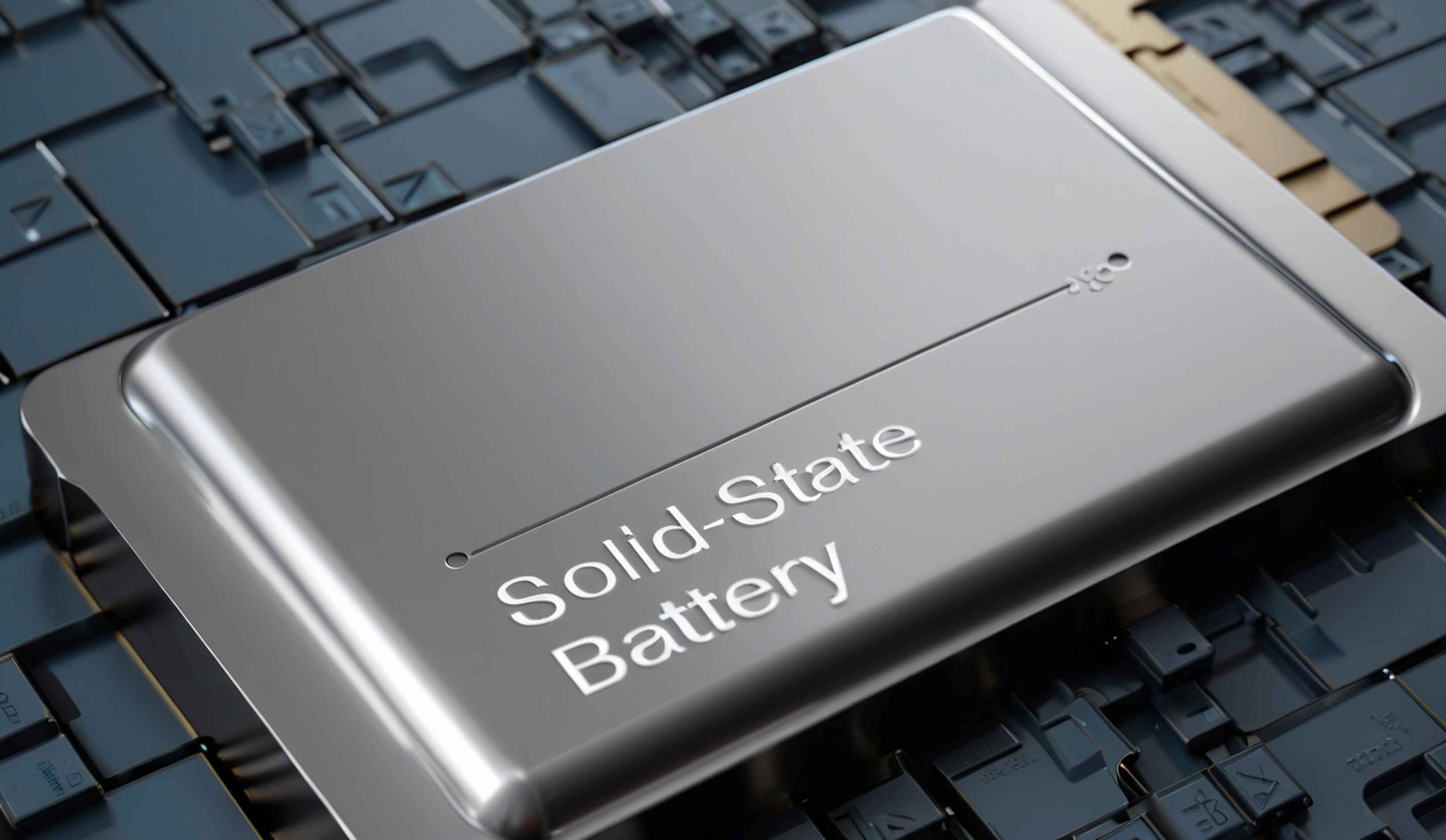The evolution of energy storage systems has reached a pivotal juncture, with solid-state batteries (SSBs) emerging as a transformative solution to overcome the limitations of conventional lithium-ion batteries. This article delves into the technological advancements, material innovations, and strategic roadmaps shaping the development of solid-state batteries, supported by quantitative data, analytical models, and industry projections.

1. Energy Density Trajectory: From 2025 to 2035
Solid-state batteries are poised to revolutionize energy storage by achieving unprecedented energy densities. The following table summarizes key milestones projected by leading research initiatives, including the NEDO SOLiD-Next program:
| Year | Energy Density (Wh/kg) | Key Developments |
|---|---|---|
| 2025 | 300 | Commercial pilot lines for SSBs |
| 2027 | 400 | Scalable sulfide-based electrolytes |
| 2030 | 500 | Full-cell integration with silicon anodes |
| 2035 | 1000 | Advanced lithium-metal anodes & hybrid architectures |
The progression aligns with the equation for energy density (EE):E=Q⋅VmE=mQ⋅V
where QQ is capacity (Ah), VV is voltage (V), and mm is mass (kg). Innovations in electrode materials and electrolyte conductivity directly enhance QQ and VV, driving EE toward 1000 Wh/kg by 2035.
2. Material Science Breakthroughs
2.1 Electrolyte Conductivity
Solid electrolytes must achieve ionic conductivities (σσ) comparable to liquid electrolytes (>1 mS/cm). Current advancements include:
- Sulfide-based electrolytes: σ=4.5 mS/cmσ=4.5mS/cm (2025 target)
- Oxide-based electrolytes: σ=1.4 mS/cmσ=1.4mS/cm (2027 target)
The temperature-dependent conductivity follows the Arrhenius equation:σ=σ0⋅exp(−EakBT)σ=σ0⋅exp(−kBTEa)
where EaEa is activation energy, kBkB is Boltzmann’s constant, and TT is temperature. Reducing EaEa through nanostructuring (e.g., D50 particle size ≤20 μm) is critical for low-temperature performance.
2.2 Electrode Innovations
- Anodes: Silicon composites (218 mAh/g218mAh/g at 1C rate, 81.1% efficiency) and lithium-metal (1350 mAh/g1350mAh/g, 89% efficiency) dominate R&D.
- Cathodes: High-nickel NMC (285 wt%285wt% active material) and sulfur-based designs (23.5 mAh/cm223.5mAh/cm2) are under evaluation.
3. Performance Metrics and Challenges
Critical parameters for SSB commercialization include cycling stability, rate capability, and safety. The table below contrasts current benchmarks with 2030 targets:
| Parameter | 2025 Status | 2030 Target |
|---|---|---|
| Cycle Life (cycles) | 1,000 | 3,000 |
| Charge Rate (C-rate) | 1C | 3C |
| Energy Efficiency (%) | 80% | 90% |
| Operating Temperature | -20°C to 60°C | -40°C to 100°C |
Challenges such as interfacial resistance (RinterfaceRinterface) between electrodes and electrolytes persist. The total resistance (RtotalRtotal) of an SSB is modeled as:Rtotal=Rbulk+Rinterface+Rcharge transferRtotal=Rbulk+Rinterface+Rcharge transfer
Mitigating RinterfaceRinterface through engineered coatings (e.g., Li3PS4 layers) remains a priority.
4. Manufacturing and Scalability
By 2025, pilot production lines aim to achieve:
- Electrode thickness: ≤3.5 g/cm³
- Throughput: 6000 units/month
- Cost: <$200/kWh
Transitioning to gigascale manufacturing by 2030 requires innovations in:
- Dry processing: Eliminating solvent use for electrolyte films.
- AI-driven optimization: Machine learning algorithms to predict material compatibility and cycle life.
5. Role of Artificial Intelligence in SSB Development
AI accelerates the discovery of novel materials and operational protocols. Key applications include:
- Generative models: Designing electrolytes with σ>5 mS/cmσ>5mS/cm.
- Predictive analytics: Forecasting dendrite growth using datasets like 10241024 experimental cycles.
- Process automation: Optimizing sintering temperatures for oxide electrolytes.
The integration of AI reduces R&D timelines by 70%, as demonstrated by projects like BDA (Battery Development Accelerator).
6. Global Initiatives and Strategic Roadmaps
Major programs driving SSB innovation include:
- NEDO SOLiD-Next (Japan): Targeting 500 Wh/kg by 2030.
- U.S. DOE Advanced Battery Consortium: Focused on 1000 Wh/kg by 2035.
- EU Battery 2030+: Prioritizing solid-state-sulfur hybrids.
Funding allocations exceed $200 million annually, with 80% directed toward materials R&D.
7. Economic and Environmental Impact
SSBs could reduce EV battery costs by 50% by 2030 while enabling:
- Fast charging: 80% charge in 12 minutes.
- Sustainability: Eliminating flammable liquid electrolytes and cobalt.
A life-cycle analysis (LCA) model estimates a 40% reduction in carbon footprint compared to Li-ion batteries.
8. Future Outlook
The solid-state battery ecosystem is projected to grow at a CAGR of 32% from 2025 to 2030, driven by:
- Automotive adoption: 10 million EV units/year by 2030.
- Grid storage: 7 GWh/year capacity for renewable integration.
Challenges in interfacial engineering and scalable production must be resolved to unlock the full potential of SSBs.
Conclusion
Solid-state batteries represent the cornerstone of next-generation energy storage, merging high energy density, safety, and sustainability. With strategic investments in material science, AI, and manufacturing, the vision of 1000 Wh/kg batteries by 2035 is within reach. Collaborative global efforts will ensure SSBs transition from labs to markets, redefining energy paradigms across industries.
